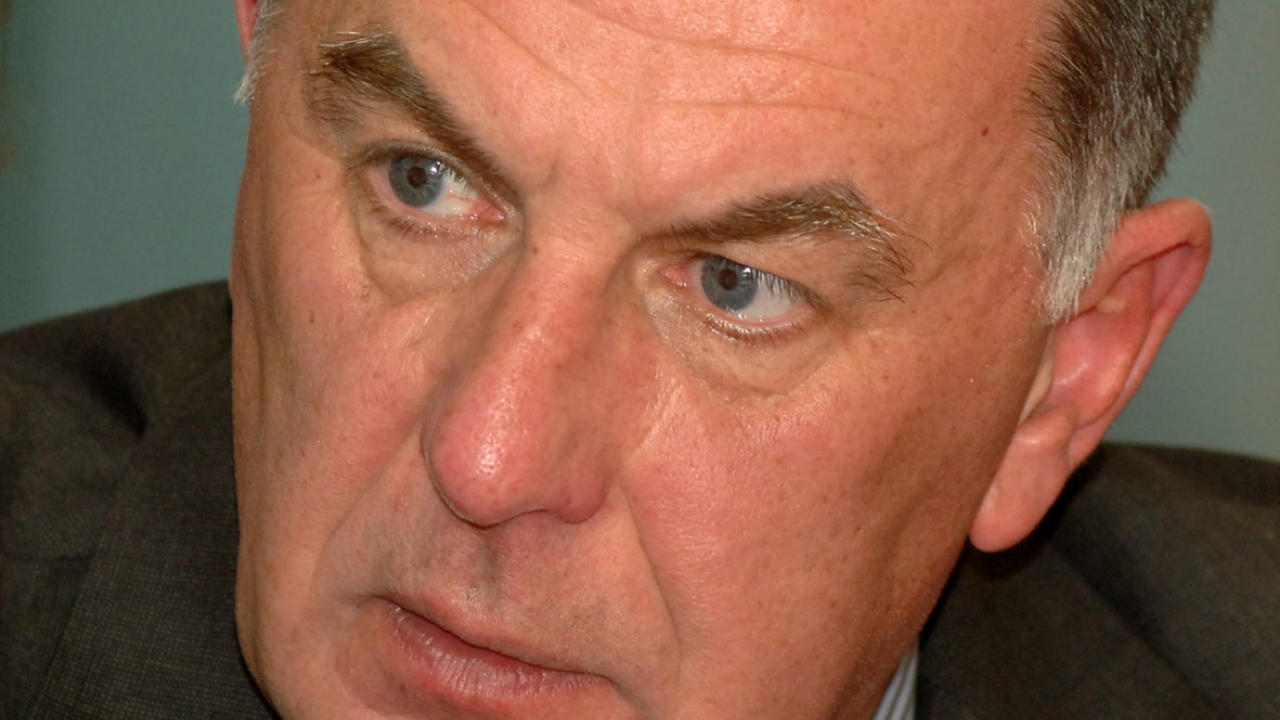Disarming the product pirates

Brand protection is an increasingly important theme for the packaging industry. The global value of counterfeit products five years ago was put at US $610billion but continues to increase and is predicted to reach US $1.4trillion by 2016. Audaciously copied watches and handbags is only the tip of the iceberg. Today everything is copied – clothing, electronics, software, tobacco, cosmetics, food, drink and even pharmaceuticals. Counterfeiting costs money to legitimate businesses but compromised branding is now also a health and safety issue. Interpol’s secretary general Ronald Noble is reported as stating that about 200,000 people died in China last year as a result of taking counterfeit pharmaceuticals.
It is not only the goods that are copied, but also the packaging and labeling that provides the point of sale pull, the front cover for the valued brand. Counterfeiters are even copying international and local safety marks (CE, TUV etc), which aim to assure consumers that the product has been tested and approved.
The money currently spent on brand protection is negligible. In 2008 only US $4.8bn was invested in this area, less than 1% of the estimated US $650bn lost through counterfeiting that year. One of the barriers that might have contributed to that was the lack of secure and scalable technology that could be adopted widely and in a practical and cost-effective way.
Heidelberg, working in conjunction with advertising and brand experts Leo Burnett, believes it has the solution in the 1-Tag. The 1-Tag uses the most sophisticated encryption, but consumers, using a mobile phone running free and easily downloaded software can easily check it. With 4 billion mobiles in use worldwide this makes product authenticity checking very accessible.

The codes used can be incorporated into every level of packaging from the shipping pallets, case packing, product packs delivered to the retailer, product packaging and the product itself. Of course, there have been many ways of protecting brands before, including fluorescent inks and varnishes, special coatings, coin reactive inks, micro text, scratch off surfaces, laser sensitive inks, hidden images, holograms and RFIDs. These will continue to have a place in brand protection. Indeed Heidelberg offers such solutions – embossing, lenticular, multiple coatings, which are right for certain markets. It has also marketed, in conjunction with German company Saueressig, a cost-effective solution that integrates hidden images to a color separation, which is read using a decoder.
‘The existing technologies certainly help reduce product piracy but some are too easily deciphered and copied and some products warrant the real belt and braces security that 1-Tag can provide,’ explained Steve Cavey, special applications product manager at Heidelberg UK.

‘Brand protection should be seen as having several levels, which mirror our own personal security. At base level a person would be described by name, age, sex, height and hair and eye colour. The product equivalent is the trademark, design, description, images, colors and embellishments,’ he added.
“The second level of personal verification is the birth certificate, passport and tax or social services ID number. The product equivalent here are security markings, alpha or numeric codes, readers and decoders and anti-crime authorities.’
‘The highest level personal authentication involves signatures, fingerprints, even DNA. For packaging, the ultimate level is DNA, chemical, spectral and crypto signatures. The 1-Tag is at this level. It is seen as foolproof, combining the equivalent of a fingerprint and photofit in one code. It is ideal for healthcare, high value and safety related products,’ he added.
The 1-Tag combines a random copper wire pattern that is unique with a 2D cryptographic image. It is applied during the printing process using a Linoprint Drop on Demand inkjet system.
The consumer simply uses decryption software downloaded to his or her phone to view the code and an approval or counterfeit alert will show on screen so that they know where the product is authentic or a copy.
‘Enabling shoppers to validate the authenticity of a product has to be the way forward,’ added Mr Cavey. ‘I think as time goes on more and more people will recognise the detrimental affect fake products are having on brand value, profit and even health and safety. No other technology matches 1-Tag’s combination of robust security and consumer accessibility.’
The 1-Tag label gives the brand owner full control over information content and product numbers, with the added benefit of avoiding production over-runs. Bernd Vossler, the technical specialist at Heidelberg responsible for 1-Tag’s R&D commented: ‘It is possible to conduct supply chain inspections and checks at every stage of distribution to verify and authenticate a product with a cost effective and flexible supply-chain tool for distribution and sales staff, using a standard mobile phone.’
The brand owner can also load data into the tag code, such as a full description of the product, conformity guarantees, the date of manufacture, the ‘best before’ information details and the market destination.
‘Product emulation, counterfeiting, piracy - call it what you will – is bad news for brands, business and health and safety,’ said Mr Cavey. ‘The packaging sector needs to find solutions. As consumers are empowered to identify counterfeit product at point of sale, pressure is applied backwards through the distribution chain. So companies are no longer alone in pushing to solve the problem with expensive inspection and detection resources; there will be a ‘pull factor’ as consumers in effect become a front line enforcement team. Brand protection is undoubtedly an added value service printers in this sector should be investigating. Brand owners will wise up to this and will expect solutions in future,” he concluded.
Stay up to date
Subscribe to the free Label News newsletter and receive the latest content every week. We'll never share your email address.

